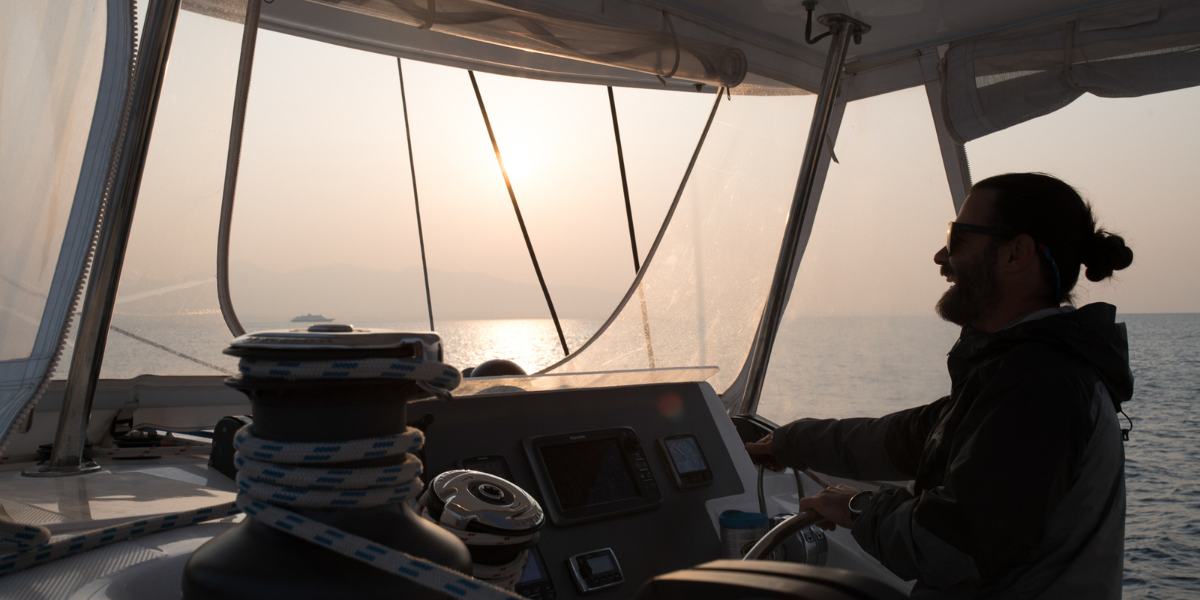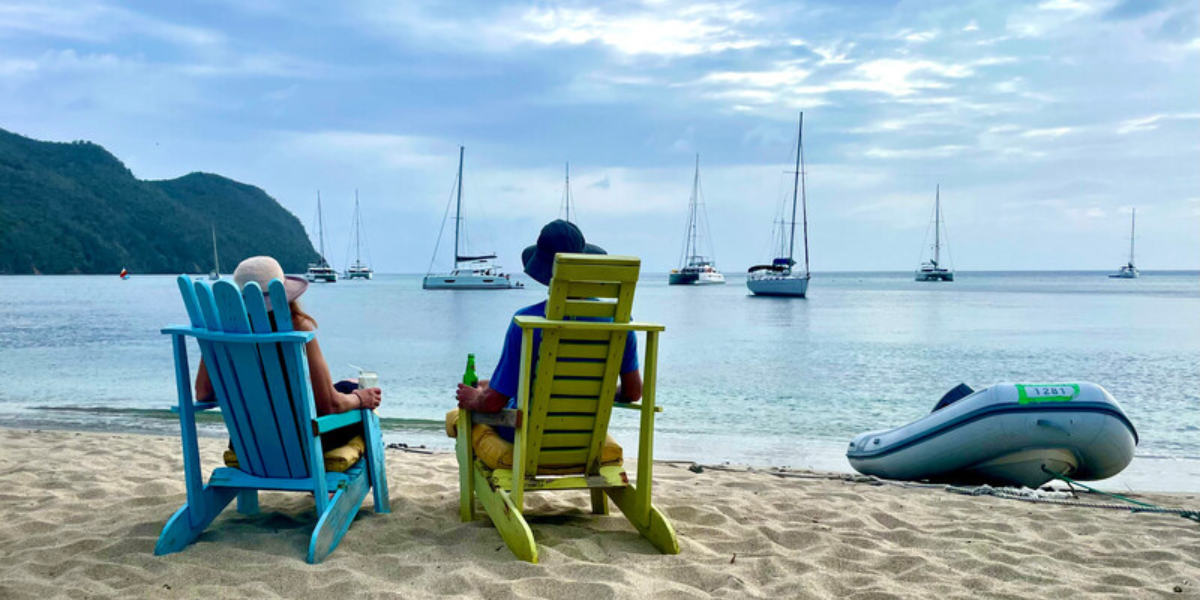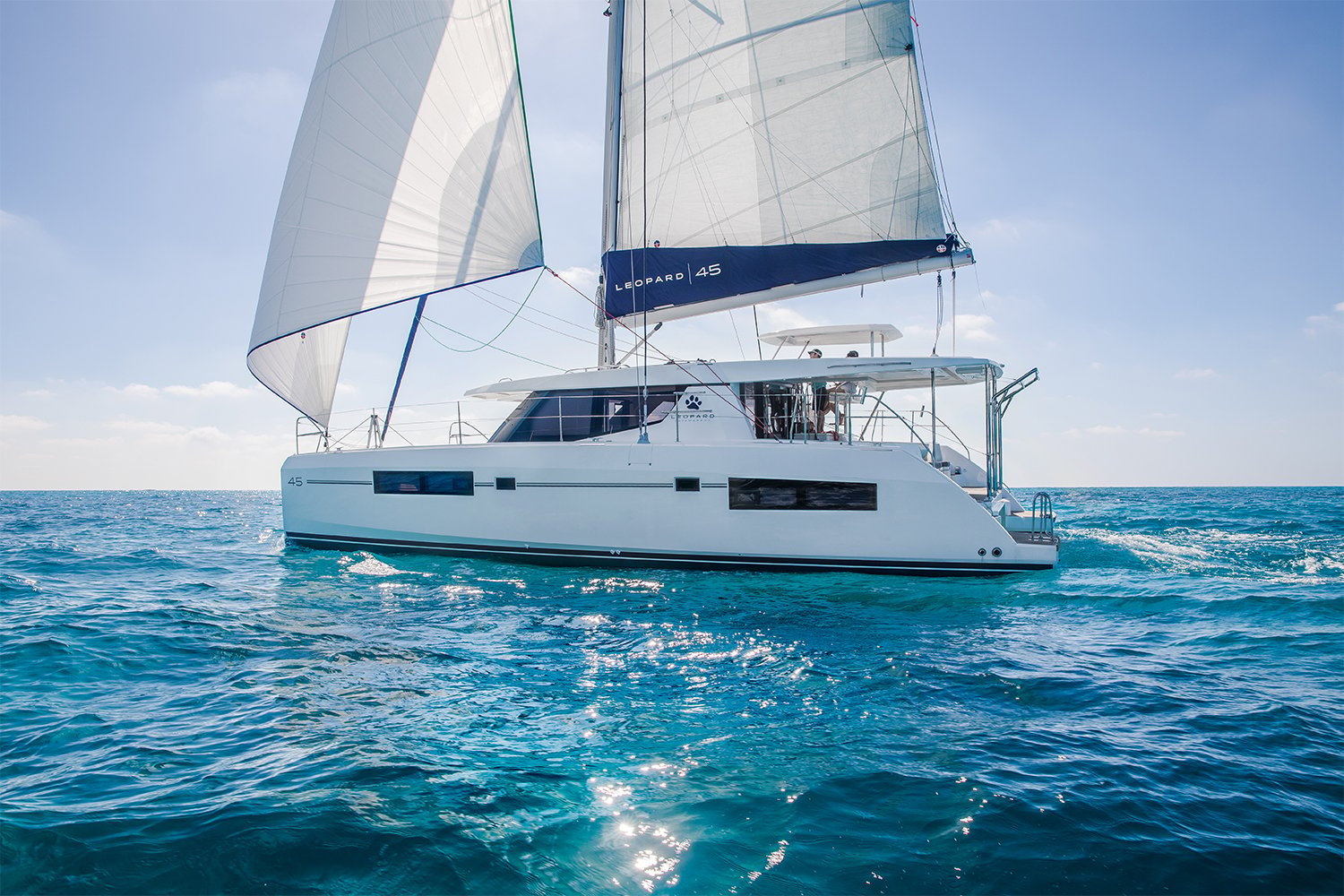You see them all over the Caribbean (and the internet) these days - smiling, happy people who have retired to a sailing catamaran to cruise the world full-time. If you have considered joining that flotilla, you have likely wondered about the cost of living your life on the deep blue sea.
While we can't offer you explicit financial advice, we can offer some insight to help you start thinking about the money aspects of a Leopard Catamaran retirement. If you have a financial planner or accountant, he/she should be your go-to expert as you work through this decision. But beware - you will need to explain a lot to your money person if they aren't a sailor.
It's all about the plan
A solid financial plan can make retiring on a boat affordable. There are many ways to make a cruising retirement possible, all of which require you to adjust your notions of financial security and develop a detailed sense of the cost of living on a Leopard.
Conventional financial planning wisdom doesn't always work when applied to a cruising retirement. The old model of calculating savings based on present income doesn't consider changes to your lifestyle. And cruising changes everything.
Your net monthly income — and how long your savings can provide that income — is critical. How to solve that problem is unique to everyone.
The Income Side
Some couples set out to sea planning to monetize their cruising lifestyle. They strive to create YouTube channels and attract sponsor funding. But that plan doesn’t work for most people. Often people economize by buying project boats. And the reality is that only a few ever make enough money as “content creators” to cruise long-term without outside funding.
However, thanks to reliable internet options like Starlink, you might be able to take your current jobs and income along for the cruise. This could be a great option for those who are looking to ease into retirement.
But the best way to fund long-term cruising is to secure enough passive income to cover the bulk of your living expenses. This can be investment income from saved assets, income from a business left behind or sold, or rental income. Some cruisers keep their home and rent it out. With the right house and market, this can net a tidy sum every month.
In the end, you need money coming in and a reserve of savings. Preferably, you'll use a combination of both for a safety margin. This reality means it's easier to retire to a Leopard later in life when you've had more time to build your assets and are done with most of your major financial outlays.
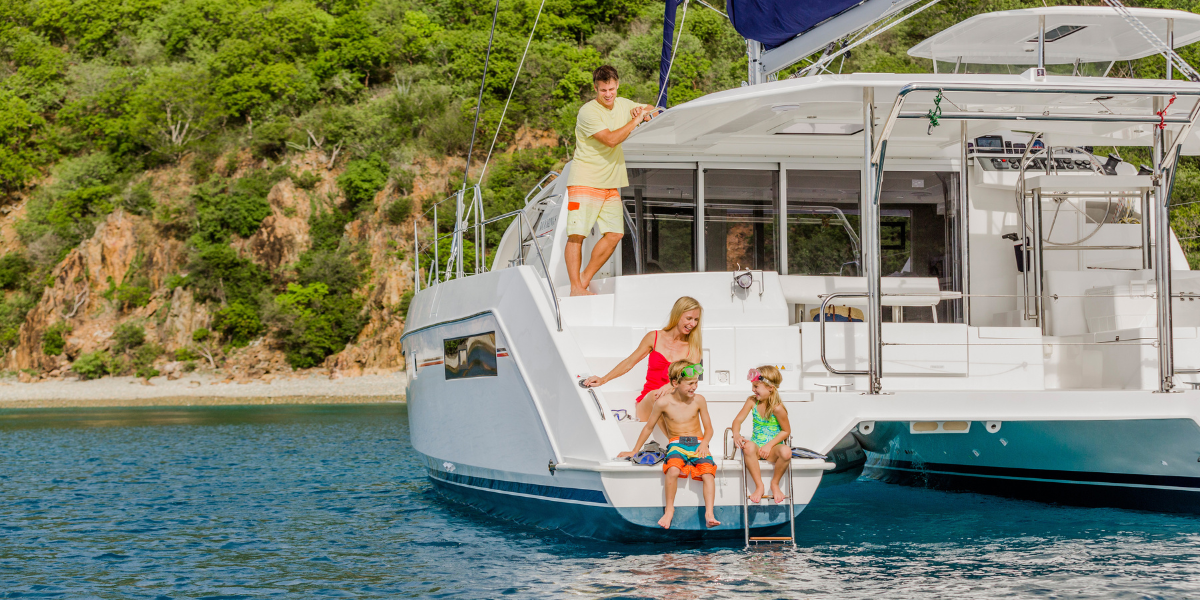
Cutting Life Costs
The other side of the retirement funding equation is the lower cost of life on a boat. If you fully cut ties with your land-bound life, if you sell everything off - houses, cars, and other major assets. If your only home is your Leopard, you will see many expenses disappear from your monthly account, including:
- Home mortgage payments
- Property taxes and home insurance
- Auto expenses - payments, insurance, gas, and repairs
- Home maintenance costs - repairs, landscaping, and HOA dues
- Other home expenses and utilities like cable and phone bills, heating and electricity
- Work costs, such as commuting and work clothes
Older cruisers who've already paid for college, weddings, and other life events for children have an advantage, as do cruisers with no children at all. Younger cruisers with children need to plan more and save harder because those life costs won't go away.
Yes, you will have many expenses for your boat, but your Leopard catamaran will consume much less money than two cars and a house! To get a sense of the difference, take a hard look at your land-life expenses over the past six months, and note what will disappear and what will be different.
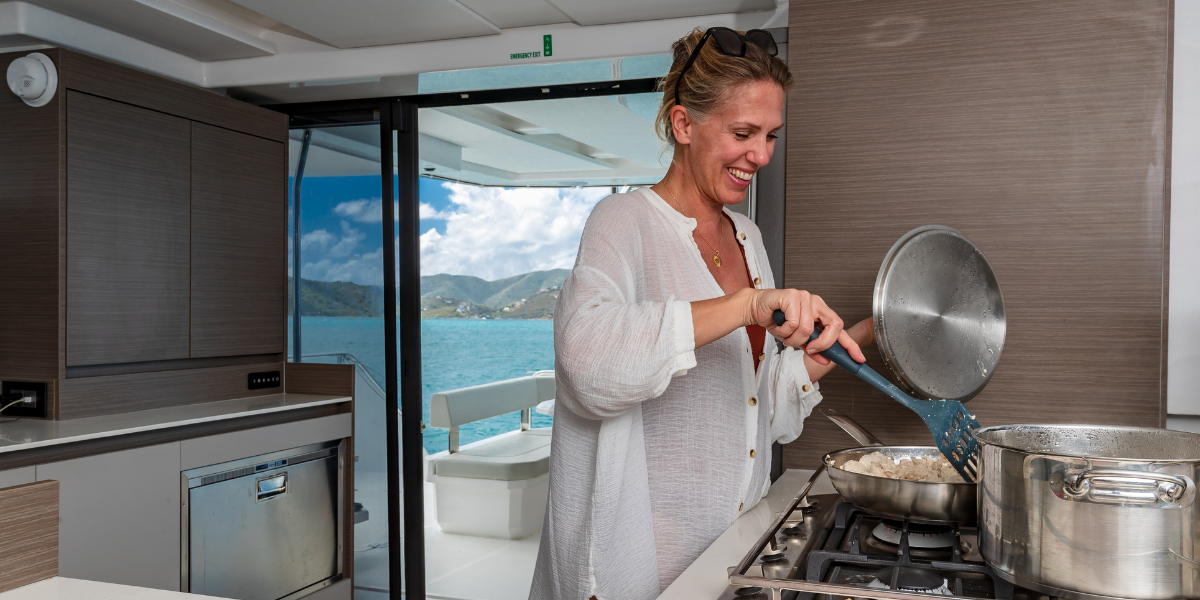
Manageable Cruising Expenses
Careful budgeting is a must for planning an enjoyable, sustainable, cruising retirement. It's hard to know exactly what you'll spend on repairs, maintenance, fuel and other items every year, but do some research and make your best guess. One advantage you'll have on a new Leopard is a lower budget for maintenance and repairs from the start.
Some of your top expenses include:
- Insurance. A blue water cruising policy is considerably more expensive than a coastal, seasonal policy with a haul-out period.
- If you finance your boat, you'll have that mortgage payment.
- Fuel. It's a sailboat, but you won't always have enough wind or sun.
- Repairs and maintenance. The ocean is hard on boats; even the best-built vessels can't avoid the elements. The more you do yourself, the better. This isn’t just to save money - in some far-off places, you may struggle to find someone to fix things for you.
- Travel home. Most people end up missing someone, and if your sailing plans aren't on a circuit that takes you near them regularly, you'll do some flying.
- Internet access and weather services.
- Health insurance and care. The considerations and costs for international travel are different, but with planning, this can actually save you some money!
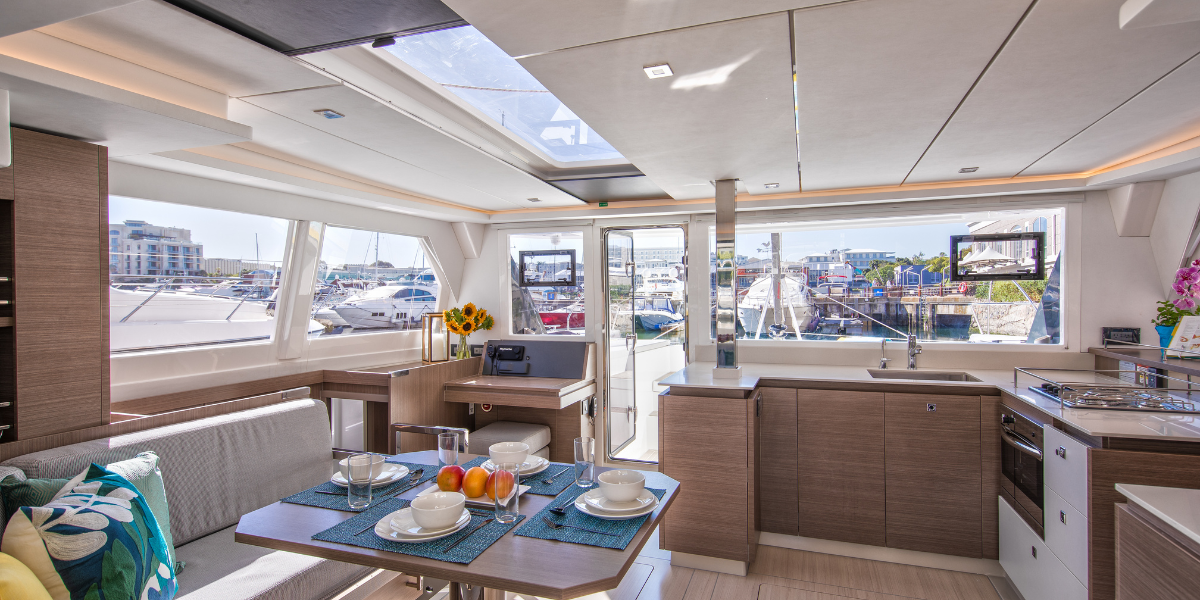
If it works in theory...
It may actually work in practice! We can not stress enough the importance of planning. If you have a plan that works in a spreadsheet, you have a good chance of having a plan that works in reality. But if you have a model which doesn't work on paper no matter how you play with the numbers, you're not likely to have excellent results. And no plan at all? We won't go there.
So you need to take a long view and ask questions like "How long do I want to cruise?" and "What will my income look like after ten years at sea?"
If you ask the right questions, do thorough research, and come up with a plan, you're well on your way.
